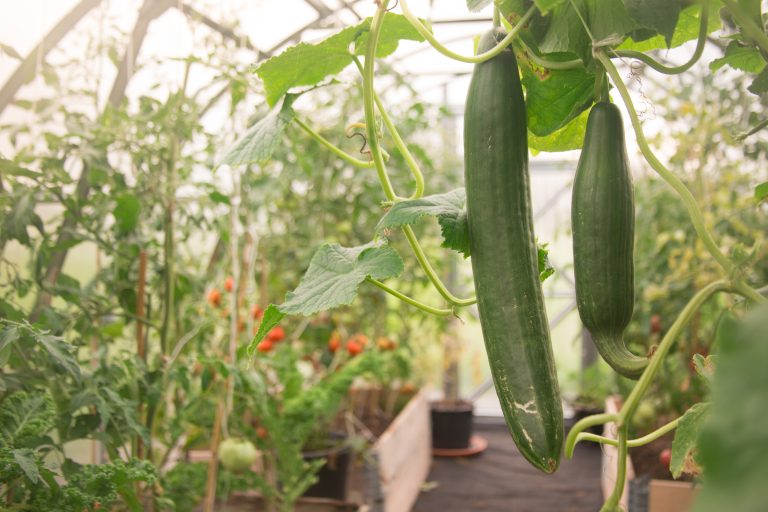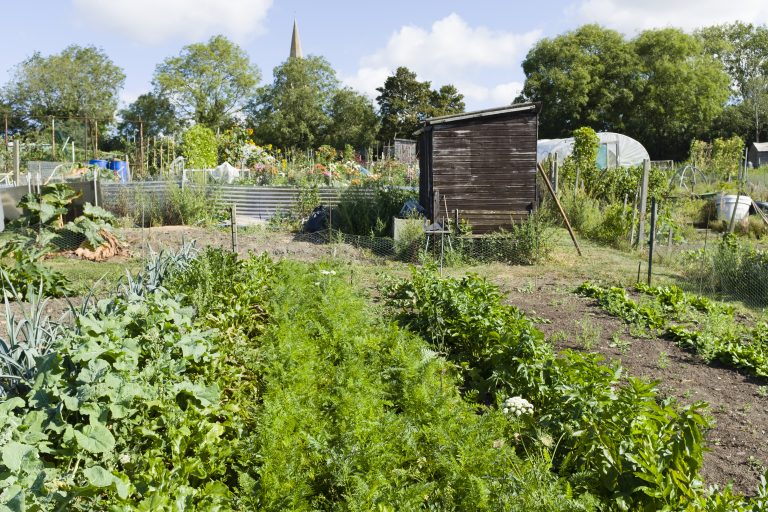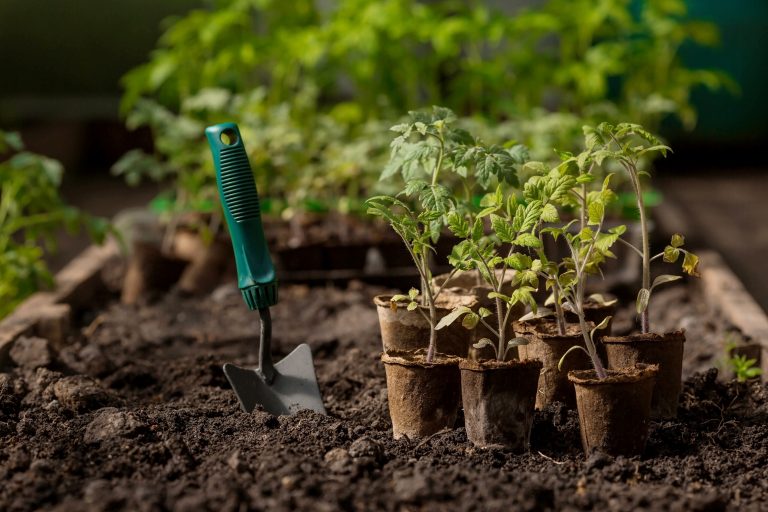5 Urban Garden Perks Boosting City Life
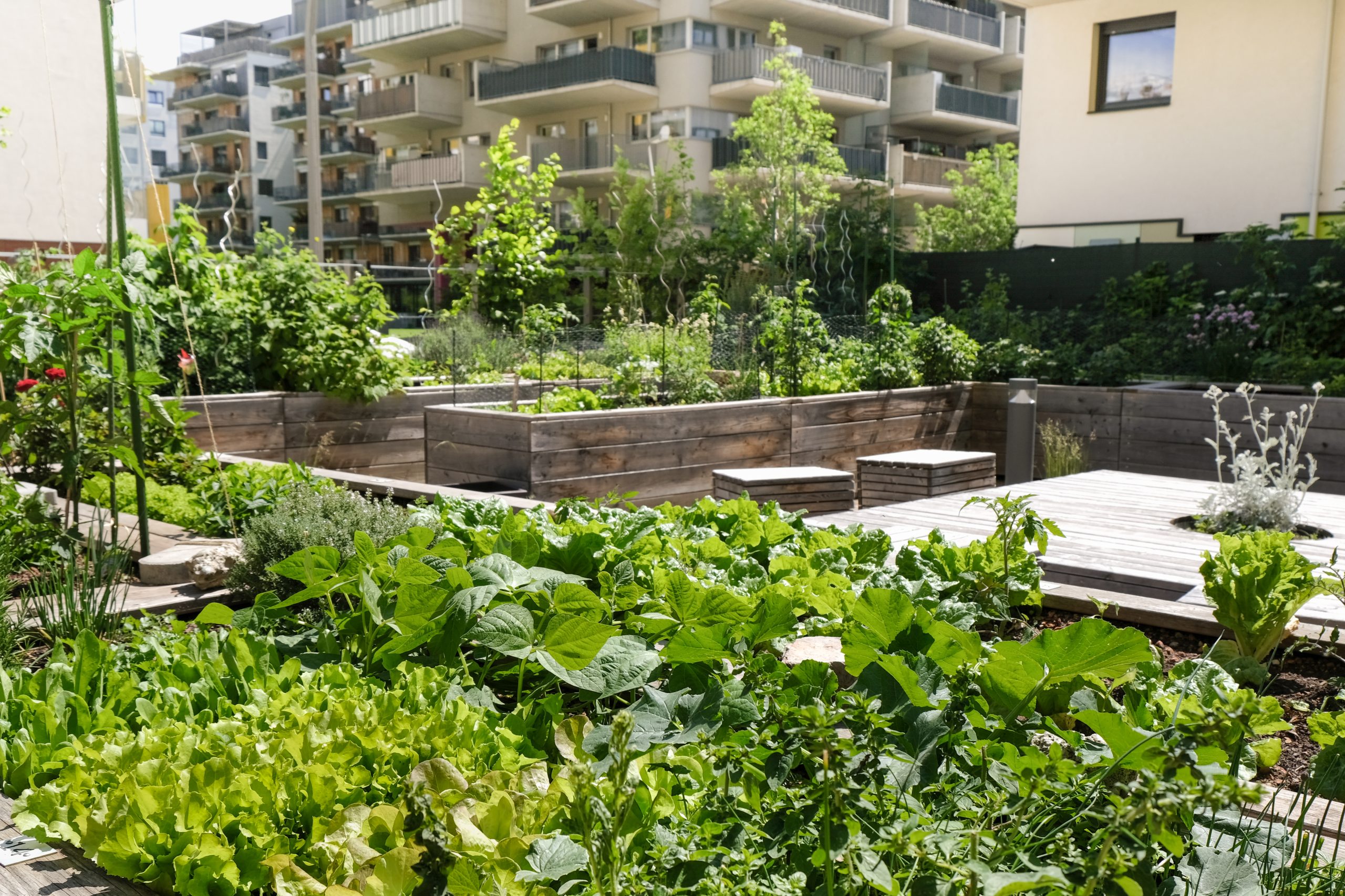
Urban gardening is a breath of fresh air for city-dwellers seeking a slice of nature amidst concrete jungles. Let’s dig into the bountiful perks that these green spaces provide, enhancing the quality of urban life one plant at a time.
Urban gardening is a creative solution for city dwellers seeking greenery amidst skyscrapers. Whether it’s a rooftop, balcony, or community plot, it maximizes available space. Versatile and sustainable, urban gardening allows for growing herbs, vegetables, flowers, or even a mini orchard.
It goes beyond beautification, promoting self-reliance and environmental stewardship. Beyond plants, it enhances quality of life, fosters community connections, and positively impacts the urban ecosystem. Let’s dive into the joys and benefits of urban gardening.
1. Improved Air Quality
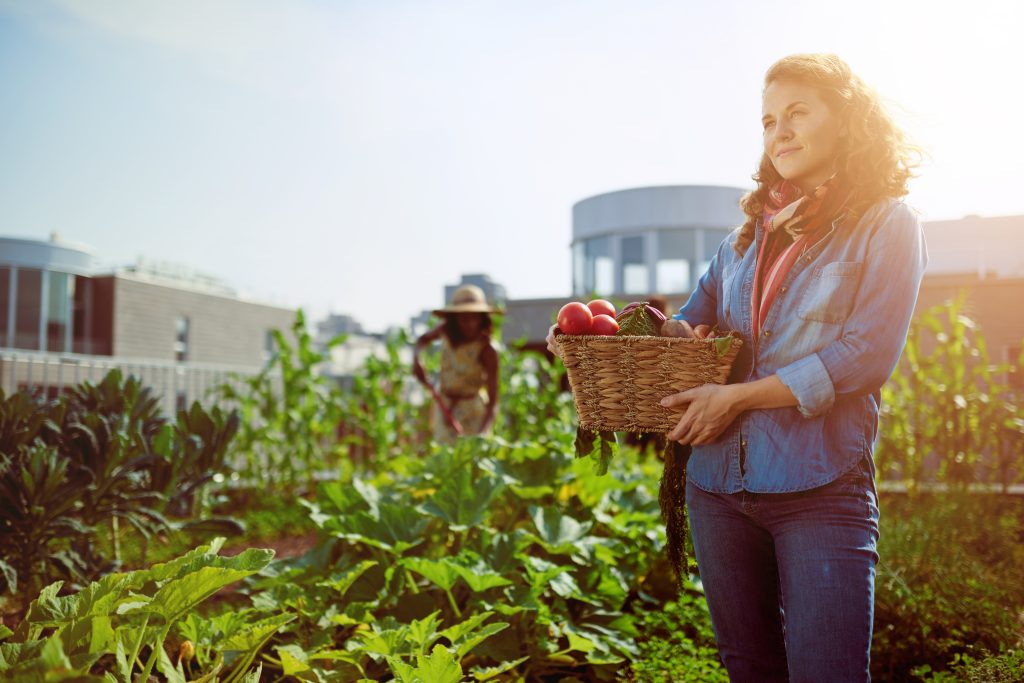
One of the most immediate benefits of urban gardening is the improvement of air quality. Plants are nature’s air purifiers, absorbing pollutants and exhaling oxygen. In cities where the air can be a cocktail of exhaust fumes and industrial emissions, a lush garden acts as a green lung, filtering out the bad stuff.
Hey hey! Don’t forget to subscribe to get our best content 🙂
Think of each urban garden as a small but mighty warrior in the battle against pollution. With every new garden, we tip the scales a bit more in favor of clean air. It’s a collective effort that makes a tangible difference—one balcony and one rooftop at a time.
Moreover, plants help to regulate the microclimate. They reduce the urban heat island effect by providing shade and releasing moisture into the air. This not only cleans the air but also cools it, making your urban oasis a literal breath of fresh air.
2. Stress Reduction Benefits

There’s something inherently calming about tending to a garden. The act of nurturing plants can be a form of meditation, a break from the high-speed urban life. Studies have shown that gardening can lower cortisol levels, the body’s stress hormone, leading to a more relaxed state of mind.
Imagine coming home from a long day and retreating to your garden sanctuary. As you prune and water, the stress of the day fades away. It’s a personal retreat where the only buzz is from the bees, not your phone.
Furthermore, the visual appeal of a garden can be a mood booster. The vibrant colors, the intricate patterns of leaves, and the gentle sway of flowers in the breeze—all contribute to a sense of well-being. It’s like having a living piece of art that not only soothes the soul but also brightens the spirit.
3. Community Engagement

Urban gardens often become focal points for community interaction. They’re places where neighbors can come together, share tips, and swap seeds. It’s grassroots networking at its finest, fostering a sense of camaraderie and collective achievement.
Community gardens can serve as educational platforms, too. They’re perfect for teaching kids about where food comes from and the importance of sustainability. It’s a hands-on learning experience that can plant the seeds for a greener future.
These spaces can also become a melting pot of cultures. City life is diverse, and so are the gardening practices. Imagine a community garden where you can find Italian basil, Mexican peppers, and Thai lemongrass all growing side by side. It’s a delicious way to bridge cultural gaps and celebrate diversity.
4. Fresh Produce Access
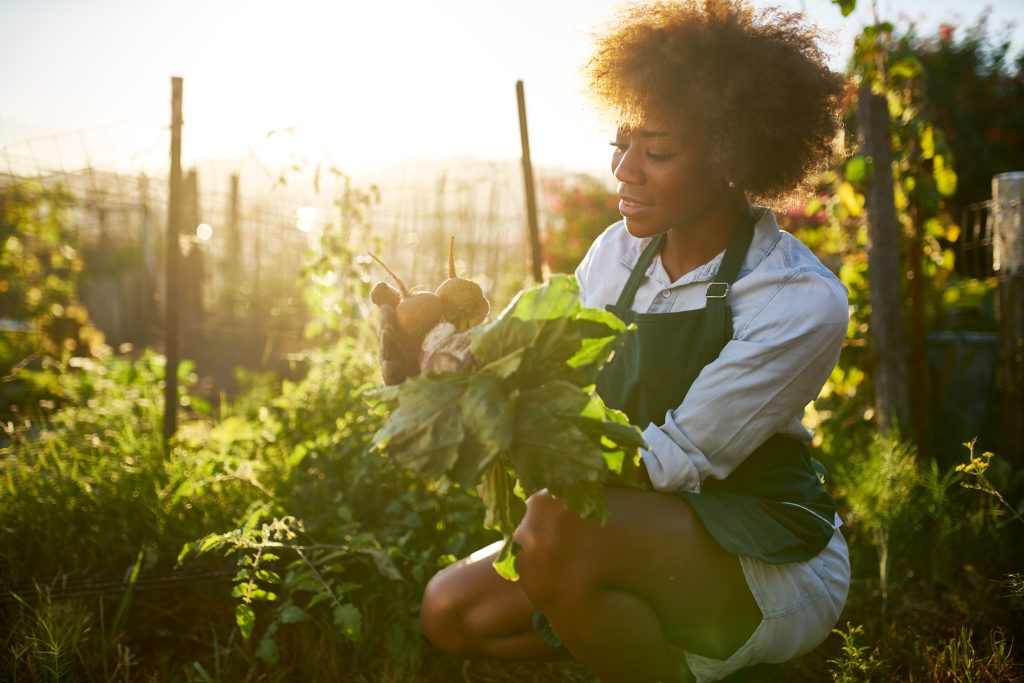
Nothing beats the taste of homegrown produce. Urban gardens provide a source of fresh fruits and vegetables that could otherwise be hard to come by in the city. And let’s face it, they’re just plain better than what you’d find wrapped in plastic at the supermarket.
Growing your food also means you know exactly what’s going into it—no pesticides or questionable farming practices. It’s a healthier choice for you and your family, and it’s incredibly satisfying to eat something you’ve grown yourself.
Moreover, for those on a tight budget, urban gardening can be a cost-effective way to supplement grocery shopping. Seeds and soil are relatively inexpensive, and the bounty they produce can save you a pretty penny at the checkout line.
5. Wildlife Habitats

Urban gardens are more than just refuges for humans; they provide much-needed habitats for urban wildlife. In a concrete city, finding a place to call home can be tough for birds, bees, and butterflies. Gardens offer shelter, food, and a place to thrive.
By choosing the right plants, you can create a haven for pollinators, which are vital to the health of any ecosystem. And let’s not forget the joy of watching a hummingbird flit among the flowers or the satisfaction of knowing you’re helping the local bee population.
Creating these mini-ecosystems contributes to biodiversity, which is crucial in urban areas. It’s a way to ensure that even in the heart of the city, nature has a presence and a purpose.
Maximizing Small Spaces
Urban gardening is all about making the most of what you’ve got. You don’t need acres of land to create a green haven; you just need a bit of creativity. Balconies, windowsills, and even walls can be transformed into productive gardens.
Vertical gardening is a game-changer for small spaces. Using trellises, wall planters, and hanging baskets, you can grow upwards, not just outwards. It’s like building a living wall that not only saves space but also adds a unique aesthetic to your urban abode.
And remember, containers are your friends. With the right container, you can grow almost anything, anywhere. So, don’t let the lack of a traditional garden keep you from flexing your green thumb.
Urban Garden Design Ideas
Designing an urban garden is an exercise in creativity. It’s about envisioning potential in the most unlikely places. A pallet can become a multi-tiered planter, a shoe organizer can be repurposed into a vertical herb garden, and an old ladder can serve as a shelving unit for potted plants.
Think of your available space as a canvas where greenery is your paint. You can create patterns with different plant heights, textures, and colors. Edible plants can be mixed with ornamentals for a garden that’s as beautiful as it is practical.
Don’t be afraid to experiment. Your urban garden is a reflection of your personality. Whether you’re going for a minimalist look with sleek containers or a wild, bohemian vibe with an array of colorful blooms, the key is to have fun and let your garden tell your story.
Overcoming Urban Gardening Challenges
Urban gardening isn’t without its challenges. Lack of space, poor soil quality, and limited sunlight can be hurdles for the city gardener. But don’t let that dampen your spirits—these are just puzzles waiting to be solved.
For small spaces, think vertical. For poor soil, there’s composting and raised beds. And for limited sunlight, choose shade-tolerant plants or make use of grow lights. It’s all about adapting to your environment and being resourceful.
Pests and pollution can also be issues, but with organic pest control methods and the right choice of plants that can tolerate urban conditions, you can overcome these obstacles. Remember, every problem has a solution, and the rewards of a thriving garden are well worth the effort.
Getting Started with Your Urban Garden
Starting an urban garden is an adventure waiting to happen. Begin by assessing your space and what you can realistically grow. Then, arm yourself with some basic tools: pots, soil, seeds, and perhaps a watering can. From there, the sky—or rather, the height of your balcony railing—is the limit.
Start small to get the hang of it. A few pots of herbs or a tomato plant can be a great introduction to urban gardening. As you gain confidence and experience, you can expand your green empire.
And don’t be afraid to ask for advice. The urban gardening community is full of friendly folks who’ve been in your shoes. They know the triumphs of a perfectly ripe tomato and the heartbreak of a wilted lettuce. So, reach out, share your journey, and watch as your urban garden grows—not just in plants, but in the joys it brings to your life.
Urban gardening is more than just a hobby—it’s a lifestyle that enriches our cities and our souls. With these tips and a sprinkle of enthusiasm, you’re ready to transform your urban space into a thriving green oasis that buzzes with life and brims with joy.

